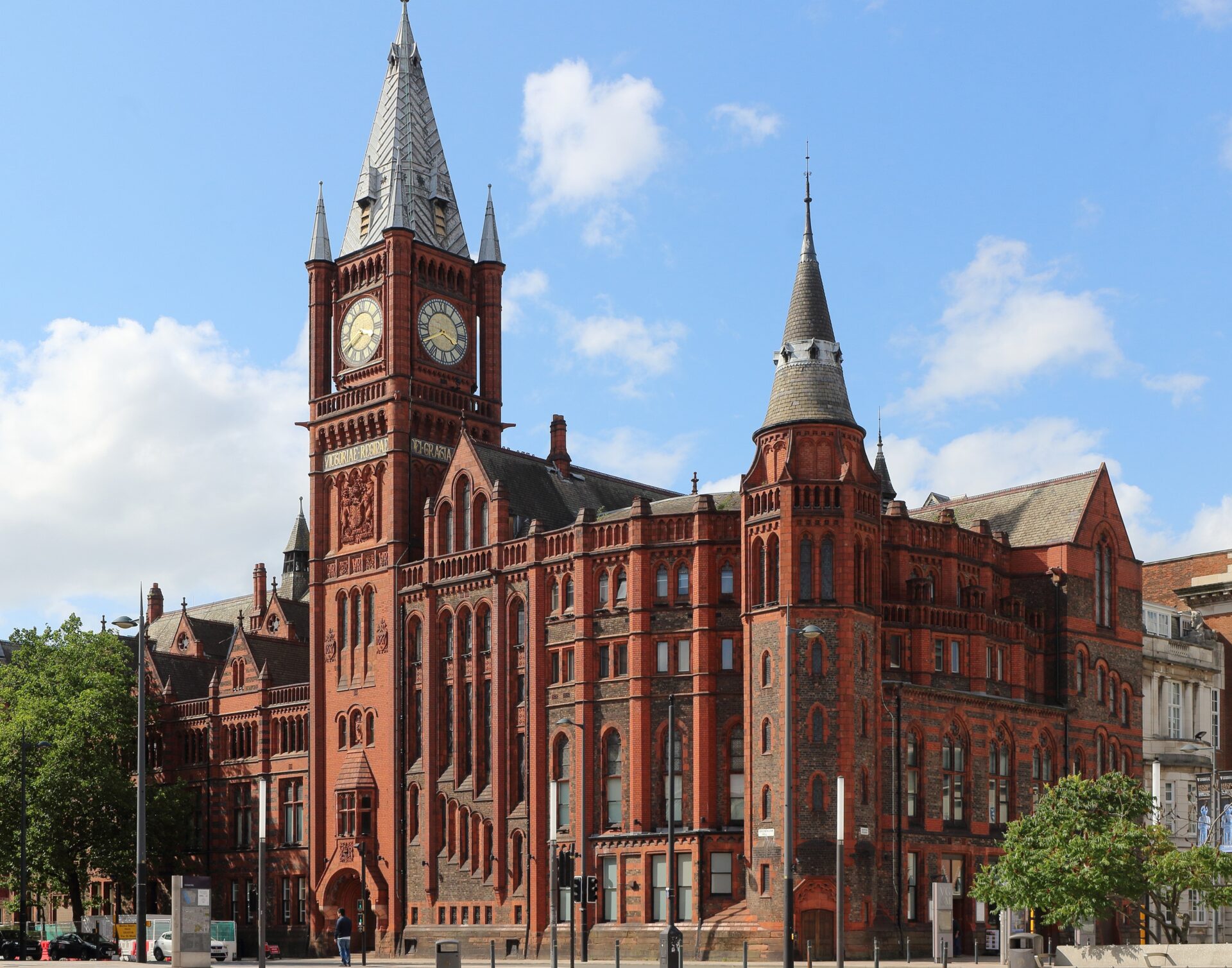NW in 2019 | Heritage, naughty or nice?
There’s been a growing interest in the historic environment and how this is affected by new developments, says Katy Lightbody of Turley.
This is not only in relation to threats to cherished traditional buildings with obvious historic, architectural and aesthetic appeal, but also less obvious candidates such as popular music or comedy venues that resonate with the cultural and social values of communities.
This varies from place to place; what is valued in Blackpool may be the buildings that divide opinion in Liverpool or Preston. This interest will continue to gather momentum during 2019 as pressure for densification means increasing adaptation and change in the towns and cities of the North West.
One thing Turley has increasingly observed and advised on is the growing desire to protect the post-war buildings and structures of urban areas. In the last few years Historic England has added numerous 20th-century buildings to the statutory list, including several post-modern office buildings. The Historic England announcement led with the heading “1980s Buildings Officially Become Heritage”.
In response to this changed context, where listing is no longer confined to traditionally held views of heritage, the Department for Digital, Culture, Media & Sport has just revised and republished its guidance on the listing process. The additional attributes they will take into consideration include the functioning of a building and fitness for purpose. For a building to have historic interest there is no longer a need for there to be “some quality of interest in the physical fabric of the building…” but rather a requirement for a tangible link between fabric and the historic interest it possesses. In assessing the aesthetic merits of a building, Historic England will consider listing buildings with “little external visual quality” but with interest in illustrating technological or material innovation, engineering or aspects of social and economic history.
Our work in connection with 20th century buildings has over the past few years been primarily focussed on London and Birmingham, but I think we will see this interest increasing in the North West in 2019 and influencing the planning process. This is not only as a result of building at increased densities and the adaptation and alteration of existing stock, but also due to increasing numbers of community groups with a passion for post-war architecture.




